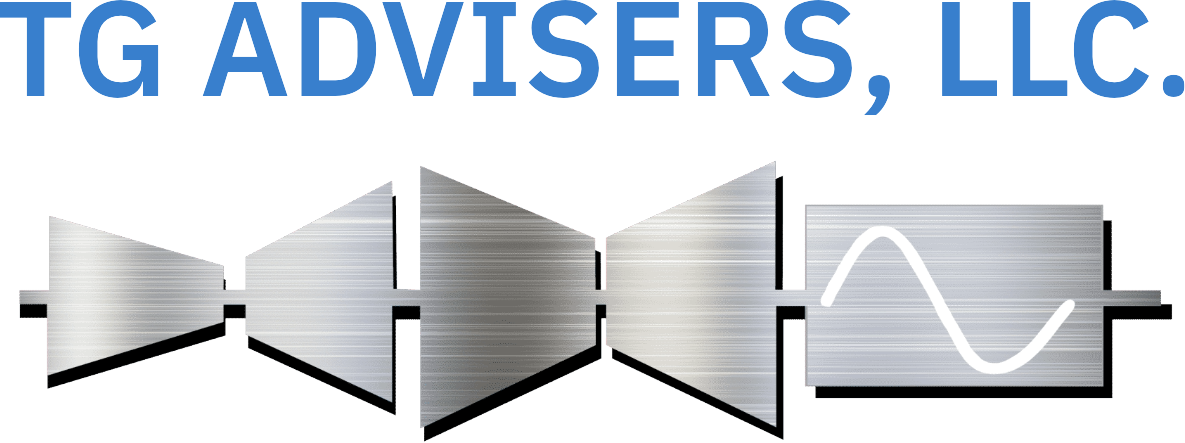Hot Weather: How to Maintain Power Plant Readiness and Reliable Operation
Extreme temperature and weather events have become more prevalent in the past decade. In fact, July 2023 is shaping up to be “the hottest single month on Earth on record, and possibly in more than 100,000 years,” according to an article published by The Washington Post. The article, published on July 20, says, “Every day this month has set records for average global annual temperatures, and already, 17 days in July have been hotter than any others in more than 40 years of global observations.”
Record-setting temperatures significantly strain electrical infrastructure and can cause inoperable utility equipment and power outages. Power outages can cause disruptions to essential daily operations for the public, such as disruptions of communications, closure of retail businesses, loss of air conditioning, and more. In turn, utilities lose revenue and face potential penalties.
Some regulatory agencies are acting to minimize disruptions. Within the U.S., many of the regulatory agencies are mandating that resource entities provide maximum ambient dry bulb temperatures to which the resource can operate without a forced outage, startup failure, or de-rate. Typically, the request requires the temperature capability to be based on:
- Historical operating data.
- Equipment rating and/or engineering assessment.
The verbiage of the requests is based on North American Electric Reliability Corporation (NERC) EOP‐011‐2 “Emergency Preparedness and Operations” and EOP‐012‐1 “Extreme Cold Weather Preparedness and Operations.”
Hot Weather Considerations
Turbines and Generators. Output reduction during hot weather should be expected and accounted for. For plants with gas turbines as the prime mover, hot weather adversely impacts heat rate and output due to the lower air density of hot air entering the compressor. Inlet tempering systems such as fogging or chillers offset some of the reduction in output that occurs during hot day operation. Exhaust over-temps can occur, but this is not a major issue based on firing temperature control logic. Additionally, emissions compliance can be more challenging on hot days. Note, steam turbine performance is typically not impacted by hot weather, but if run in combined cycle with gas turbines there can be an impact to the overall system efficiency.
Generator output limitations are captured by the generator-specific capability curves, and typically generators are sized such that they are not limiting during hot weather events. The three main types of generator cooling systems are open ventilation, enclosed water-to-air, and hydrogen cooled. In all cases, the fans and coolers should be in good working order. Exciter compartment overheating can cause unit shutdown once the exciter temperatures reach the trip limit. Like the generator, the cooling system for the exciter should be in good working order.
Typically, transformers, like generators, are sized not to be limiting, but elevated temperatures degrade insulation and reduce life of transformers. Oil levels should be maintained and all fans should be in good working order. Misting or water spray can be used to augment the existing cooling systems during extreme hot day operation.
Lube Oil, Cooling, and Water Systems. A common source of problems during hot weather operation is failure of cooling systems. Bearing metal temperatures need to be maintained below limits and typical plant configuration utilize fin-fan coolers to reduce the temperature of lube oil once it exits the bearings. Degradation of the lube oil coolers may only be apparent on hot day operation when the system is stressed. Plants utilizing inlet chillers on gas turbines will typically use a closed-loop heat exchanger as part of the system that reduces the air temperature within the filter house before it enters the compressor. On hot day operation, these inlet chillers can be critical for ensuring plant output can meet demand.
To ensure coolers or heat exchangers can meet the cooling demand, the sizing should be appropriate for the application and cleanliness should be maintained with recurring maintenance. All valves should be kept in good working order and any insulation should be checked for condition.
If coolers are not able to keep up, it may be necessary to add a water spray system to augment the systems during extreme hot day operation. Changes in plant configuration or usage pattern may necessitate upsizing the cooling system.
On-site water usage and criticality will depend on plant configuration. The primary water supply should be maintained. Any back-up or contingency for water supply should be in place before hot weather begins to ensure there is no impact to plant availability if there is an interruption of the water supply or if plant water usage exceeds supply.
Cabinets and Compartments. Instrumentation cabinets should always be climate controlled. Compartment temperatures are typically not limiting but will alarm. HVAC (heating, ventilation, and air conditioning) maintenance should be scheduled prior to the start of hot weather. During hot weather events, daily plant walkdowns should include checks to confirm all outside doors are appropriately positioned. Compartments utilizing climate control will typically need to have exterior doors shut, while compartments without climate control may benefit from an increase in ventilation with the door open. Portable air conditioners can be staged within key compartments if there is a known limitation on extreme hot day operation.
Weather Planning
Sites should maintain hot weather plans appropriate for the plant location. The intent of a written procedure is to ensure a plan is in place and provides direction for how to keep units operating during hot weather events. It is a living document. Updates are a critical part of risk mitigation because equipment failure modes can change with age, weather patterns can shift, plant operational modes can change, plant configurations can change, and plant personal can change. What worked in the past will not necessarily be sufficient in the future. A good hot weather plan should include the following:
- Revision control.
- Documentation of historical minimum and maximum temperatures.
- Location specific record temperatures.
- Successful minimum and maximum operating temperatures.
- Equipment lists.
- Weather sensitive and critical standard plant equipment.
- Additional weatherization supplies and equipment such as portable air conditioning units, fans, and portable tenting.
- Responsible parties and contact information.
- Staffing requirements.
- Plan implementation criteria and phases (time and temperature).
- Training requirements (annual).
- Checklists.
- Preparation.
- In-action.
- Post-action/corrective-action.
The hot weather procedure plan should account for both a running and idle plant. Plan implementation criteria can be both time and temperature dependent to ensure all permanent equipment is prepared, and all non-permanent equipment and supplies are ready and available at the appropriate time.
Conclusion
Hot weather events should be expected to continue to occur at an increased frequency from past events. The regulatory requests for documenting hot weather temperature capability are here to stay and may become more detailed.
Preparation and planning are critical for plants to remain operational during events. Plants should maintain and annually update hot weather plans that make sense for the equipment on site and the geographic location.
To meet our customers’ requests to maximize plant availability during hot weather operation, TG Advisors has developed a “Weather Readiness Assessment” that accomplishes three goals through data analysis, plant maintenance records, engineering calculations, and expert experience. The assessment:
- Determines a plant’s current minimum or maximum ambient temperature capability and addresses regulatory body requests.
- Identifies equipment limitations and opportunities for improved robustness.
- Reviews a plant’s weather preparation and action plan, and provides feedback for improvement.
TG Advisors’ process includes a plant walkdown and interview with key personnel to review equipment condition and plant configuration, and identify site-specific needs. Please reach out to us with any questions or talk to us about how we can help your site maximize availability during the hot weather season.
—David Butz (dbutz@entrustsol.com) is a senior consulting engineer, and Jason Neville is the engineering manager and a consultant, both with TG Advisors, an ENTRUST Solutions Group company.


